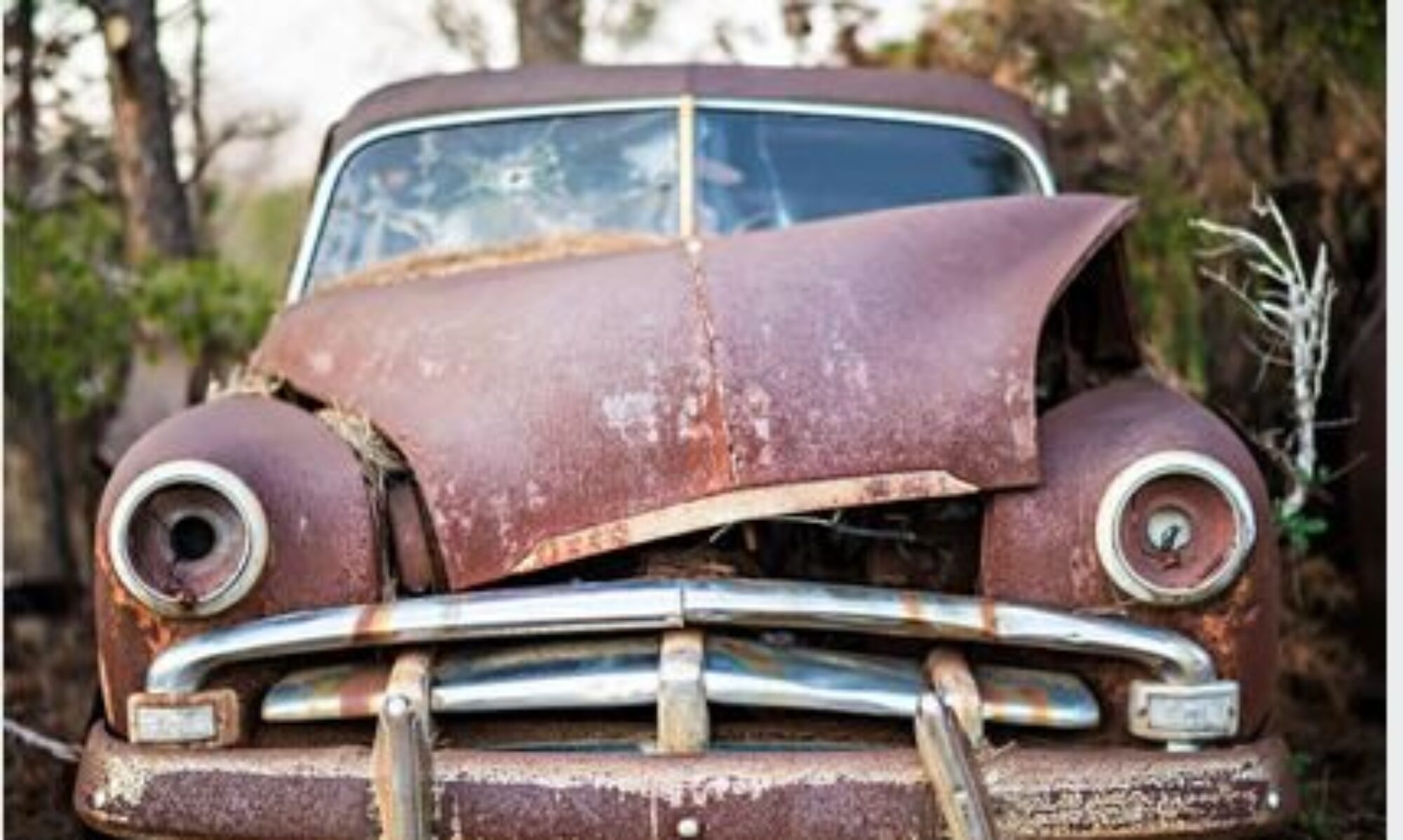I started thinking about all of the things that come our way as a result of the air currents. Certainly, the rain would be the top thing on our mind. Next would be the seeds and pollen that travel without borders on the back of the winds. I guess we could call the allergies that result from those pollens a, “possible side effect”, like they do in the drug commercials. We see the pollen, so we know that there is a potential for an allergic outbreak. We just don’t know if it’s the pollen that affects us the most. Should I be more concerned about putting on a mask than writing “wash me” on the trunk of my car?
Fortunately, the government tracks all that stuff for us now, and we can look at the government charts to see which pollens are affecting us the most. The question is whether you’ll already be wheezing before the government can produce the charts. Pollen is a pollutant that we can see. How about the noxious gasses that we don’t see until they get so thick they’re visible? Wearing a mask won’t help with those pollutants, and some may be so deadly we don’t have time to put on a mask anyway. I’ve long complained about Georgia Power and their coal burning plants being responsible for making the “Smokey Mountains, smokey”. There is something worse, though.
We passed the thirty-seventh anniversary of Chernobyl on April 26th. If you are unfamiliar with the disaster, here is a quote from Wikipedia: “The Chernobyl disaster was the worst nuclear power plant accident in history in terms of cost and casualties. It is one of only two classified as a level 7 event (the maximum classification) on the International Nuclear Event Scale, the other being the Fukushima Daiichi nuclear disaster in Japan in 2011. The struggle to contain the contamination and avert a greater catastrophe ultimately involved over 500,000 workers and cost an estimated 18 billion rubles. During the accident itself, 31 people died, and long-term effects such as cancers are still being investigated.”
The cleanup involved volunteers who knew they were committing suicide for the promise of the government taking care of their families, forever. Shortly after the accident, the nearby town of Pripyat was evacuated, and the 53,000 residents disbursed through Ukraine. The rest of the Soviet citizenry remained in the dark about the accident until April 28th, when radiation levels set off alarms at the Forsmark Nuclear Power Plant in Sweden, over 620 miles away. The Soviet government was then forced to go public with the accident. Ten days after the accident, the Soviet government expanded the evacuation area to a 20-mile radius of Chernobyl. This “dead zone” is still in place today.
How does Chernobyl play into my dissertation on shifting winds? Well, in a couple of ways. First off, it was the wind that carried the radioactive fallout to Sweden where the unsafe levels set off alarms alerting the rest of the world to the problem. Secondly, and this one is the most important, we have a propensity in the United States for building nuclear power plants to the Southwest of large population centers. The wind pattern in the United States is predominantly from the South and West.
In Georgia, our two nuclear plants are located at Baxley and Augusta. Not good for Augusta, or anywhere in South Carolina, but at least they’re not Southwest of Atlanta. We have to go to Alabama to find a nuclear power plant Southwest of Atlanta, where I live. Alabama also has a number of plants that are West and Northwest of Atlanta. As we all know, the wind shifts. Currently it’s coming from the Northwest. It is my fervent desire to avoid a “Silkwood” situation.
As we move to clean energy I’m hopeful that we’ll take a look at the French designs of nuclear power plants. They’ve had a remarkable success record and produce about 70% of their power from nuclear power. Bill Gates is also on the right track in the development of safe nuclear power plants. I’d far rather supplement his efforts than supplement the oil companies’ offshore drilling, we know their track record.
We have the opportunity to learn from the past and “Build Back Better“. Will we, or are we just marking time until our next Chernobyl?
Visited 13 times, 1 visit(s) today
